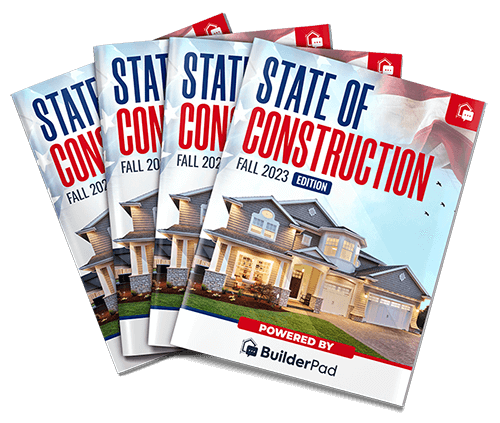A building proposal’s takeoff is an essential phase in the cost estimation process. The items and supplies required for the project, and their quantities, are calculated by vendors, sub-contractors and project managers using the building plans, selections, and specifications. The budget, schedule, and supplier purchase orders are also created using that data.
Nevertheless, creating a takeoff – extracting this detailed data from project plans – can take up a large chunk of a builder’s time. Historically, builders used a set of blueprints, along with some pens and markers, to create a takeoff manually. For the benefit of modern builders, software has been developed to streamline and create efficiencies for this procedure.
Why Are Construction Takeoffs Vital To A Project?
- Establish project viability: Since estimators often have a budget to stick to, construction takeoffs specify how financially viable a project is based on the cost of the materials and labor.
- Provide a profit estimate: By creating an accurate construction takeoff, estimators can calculate how much a construction company will profit from the project.
- Bids: Estimating a construction project is challenging enough. If you underestimate, you risk losing profits. If you overestimate, you risk losing the job. This is why an accurate construction takeoff is so important. It provides a financial figure you’ll need before submitting a bid.
How Many Different Kinds Of Construction Takeoffs Are There?
The two varieties of building takeoffs are as follows:
- Manual – With a printed set of plans in hand, and following a long list of material, home builders calculate the cost of each component individually to arrive at the total cost of the project. This method can be tedious and time-consuming, and utilizing the following process is better.
- Digital – The days of a builder painstakingly going through physical printouts to create a list of items one by one are long gone. Takeoff software was designed specifically to aid in this complex task. Simply upload a plan and the necessary components into a takeoff software program. After the program has analyzed the data, each item is given a figure, and estimates are made to arrive at a total inventory cost.
A Closer Look At Construction Takeoff Software
The computer software that helps users with estimating their material costs according to digital plans is called Construction Takeoff Software. Software for takeoff frequently includes tools for assessing costs and workforce.
Takeoff software frequently uses digital model forms. The program often supports the most popular file formats for designs, including SVG, DXF, and even PDF or picture files.
Instead of physically estimating material quantities (a procedure prone to error) estimators may point, click, and drag information off the project designs using the digital representations of the blueprints.
Advantages Of Using Construction Takeoff Software
Although different providers’ software uses its own processes, they are very comparable. Below, we discuss some essential tasks that takeoff tools may provide to builders and clients to expedite and enhance the takeoff experience.
- Collaborative Takeoff Process – This functionality will be most prevalent in cloud-based takeoff tools intended for big teams. Collaborators can view someone else’s comments and notifications and prevent future mistakes. The takeoff procedure for a specific configuration frequently involves the utilization of materials from a number of suppliers.
- Measurement Tools – Every takeoff tool available today enables users to locate and evaluate linear components on the drawings to extract the required dimensions of different materials. This might be any assortment of components assessed in length units, such as concrete, lumber, windows, doors, etc.
- A Record Of Material Costs – A record of prices for materials organized by manufacturers and suppliers is frequently included in and updated by the more comprehensive takeoff software. As a result, estimators won’t have to personally search for item or material costs. Even if users can obtain better prices through supplier relationships and/or social connections, it can often add value to work with the pre-built system.
- Accessibility – Your work will be accessible to you anytime you have internet access if you use cloud-based takeoff software. This means that you may use the software virtually whenever and wherever you want. For example, if you are on the job site and need to evaluate an order or confirm material amounts, having the software at your fingertips is a huge convenience.
Closing Thoughts
Creating an accurate construction takeoff is a crucial step in estimating the building costs, regardless of how big or small the project is. Home builders must have the ability to thoroughly explain the project’s required materials, and their pricing, to provide a competitive proposal.
Accuracy with old-school, manual takeoffs is challenging regardless of the home builder’s expertise level. Construction Takeoff Software provides the ability to create precise estimates in a quick time frame. We suggest using software such as BuilderPad, which can help you achieve your construction goals, keep you in touch with your clients, and help you provide accurate construction takeoffs.
You can start a free 14-day trial to view what BuilderPad offers, so sign-up now!







